Loch Ness-Like Monster Found to Be Southern Hemisphere’s Oldest Sea Reptile
Scientists have uncovered the oldest sea-dwelling reptile fossil from the Southern Hemisphere. This ancient vertebra belonged to a nothosaurus, a marine reptile that roamed Earth’s oceans 252 million years ago.
Found in New Zealand, this discovery sheds light on the prehistoric marine life of the southern polar region.
Unveiling the Ancient Ruler
Long before dinosaurs, reptiles like the nothosaurus dominated the seas. Nothosaurs were around 23 feet long and used four paddle-like limbs to swim.

Source: Elke Wetzig/Wikimedia Commons
Their flattened skulls and slender conical teeth were perfect for catching fish and squid, making them formidable sea predators.
The Great Dying and Marine Reptile Evolution
Around 250 million years ago, the Great Dying mass extinction wiped out many marine species. The surviving reptiles, like the nothosaurus, seized this opportunity to thrive in Earth’s oceans.
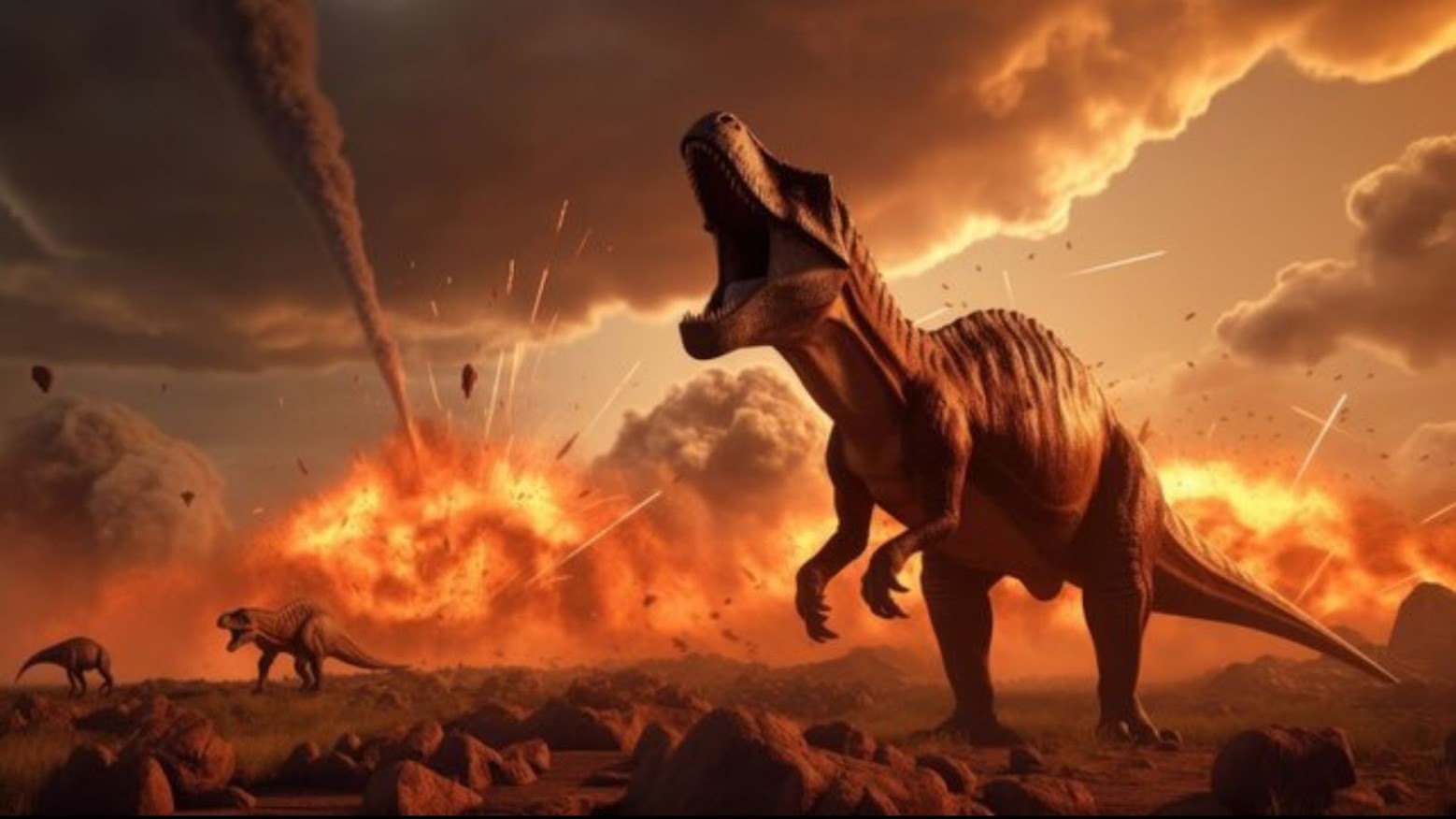
Source: Adobe Stock
This evolutionary milestone allowed them to become the dominant sea creatures of their time.
A Fossil Rediscovered
The nothosaurus fossil was initially found in 1978 during a geological survey in New Zealand. Embedded in a boulder near Mount Harper, its significance wasn’t realized until recently.

Source: Markus Spiske/Unsplash
A team of international scientists re-examined the vertebra, leading to groundbreaking insights into ancient marine life.
The Oldest Southern Hemisphere Nothosaur
This New Zealand nothosaurus is over 40 million years older than previously known Southern Hemisphere sauropterygian fossils.
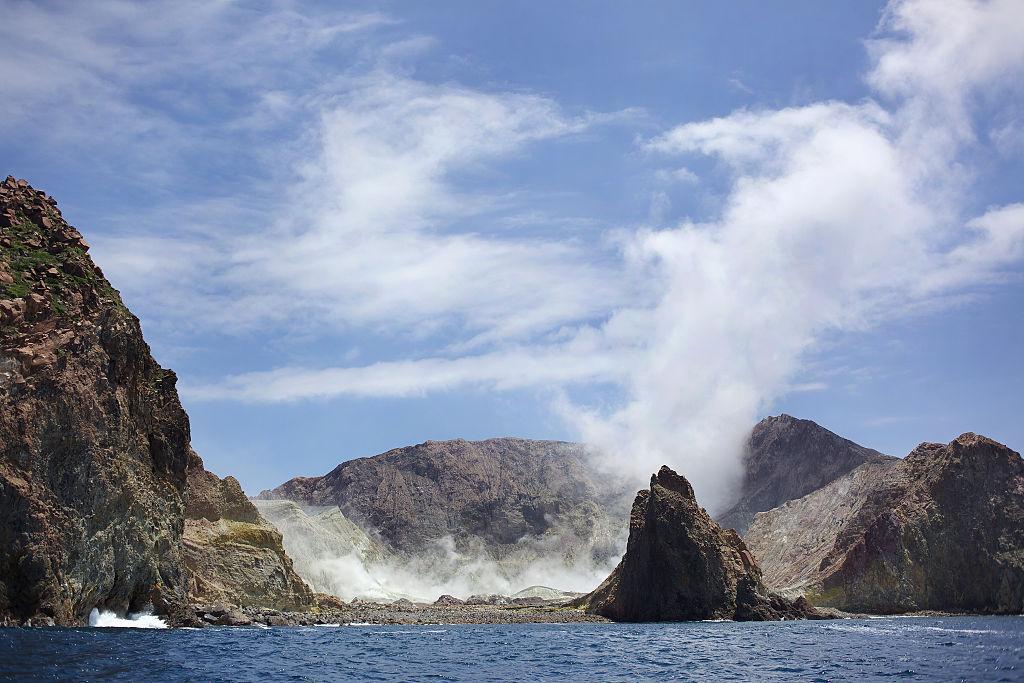
Source: Tim Clayton/Corbis/Getty Images
“We show that these ancient sea reptiles lived in a shallow coastal environment teeming with marine creatures within what was then the southern polar circle,” said paleontologist Benjamin Kear.
Surfing the Panthalassa Super-Ocean
Nothosaurs likely spread across the super-ocean Panthalassa using various migration routes. Some theories suggest they swam along northern polar coastlines or used ocean currents.
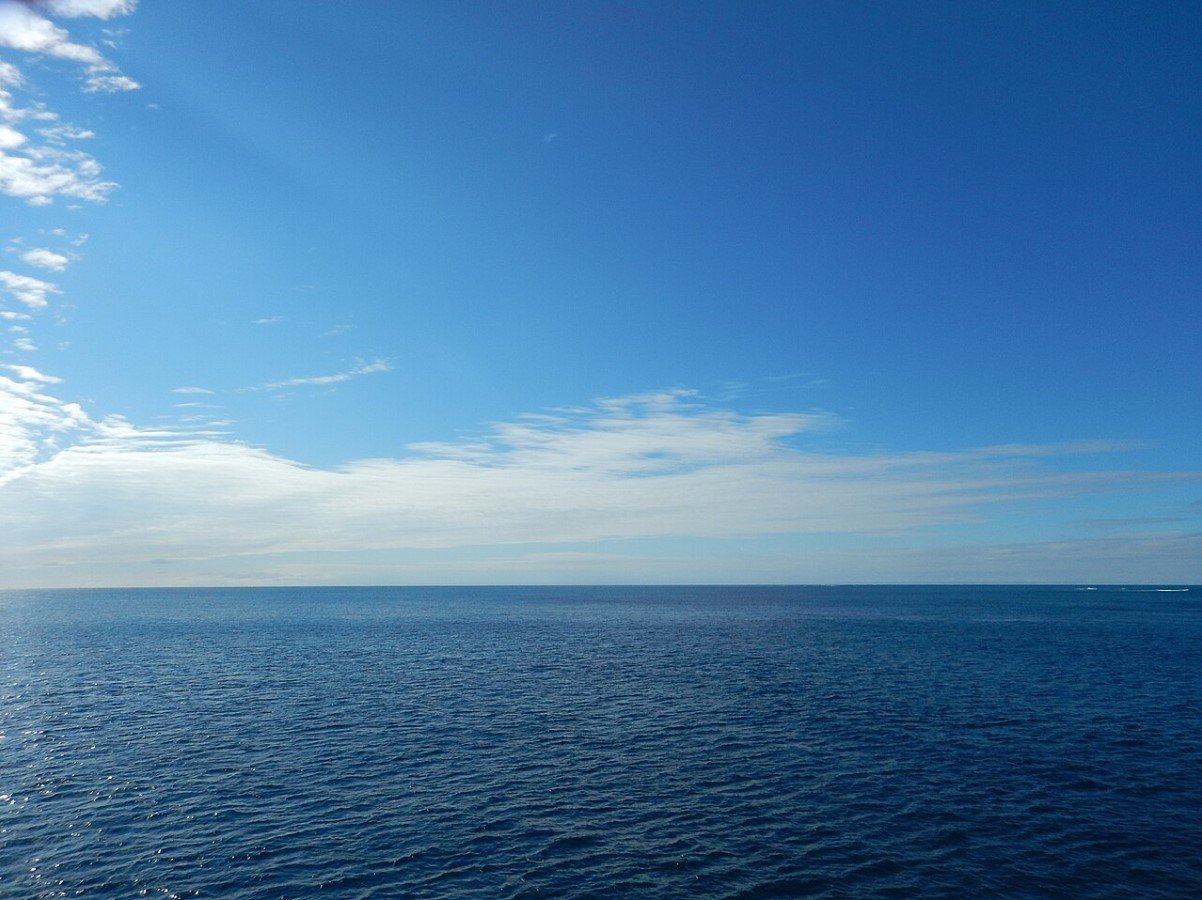
Source: Wikimedia
This new fossil challenges these ideas, offering new perspectives on their migration patterns.
Equatorial Origins and Polar Migrations
Nothosaurs are believed to have originated near the equator. They quickly spread north and south as marine ecosystems recovered post-extinction.
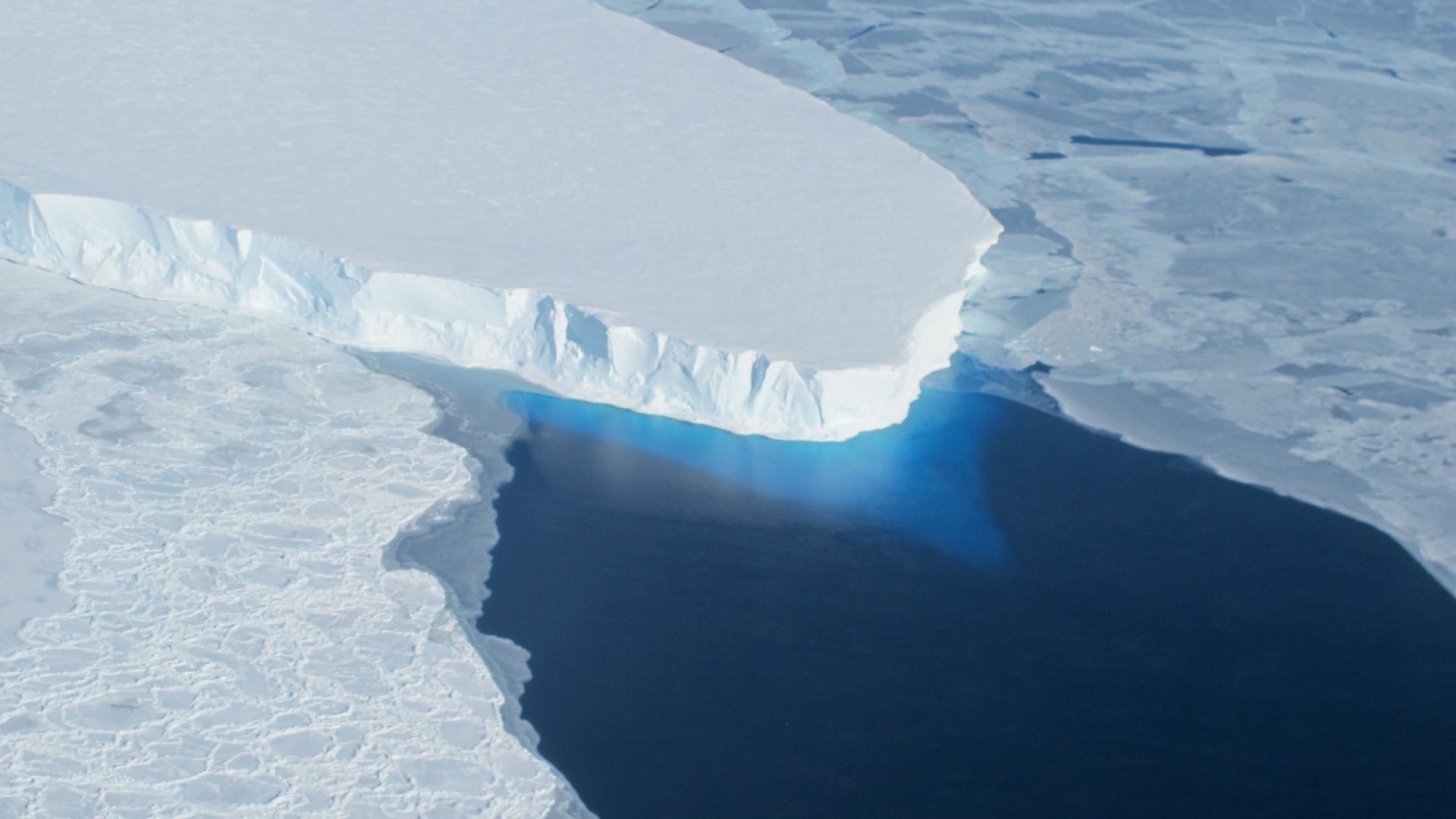
Source: NASA ICE/James Yungel/Wikimedia Commons
The warm global temperatures of the early Age of Dinosaurs enabled them to thrive even in polar regions, similar to modern whales’ long migrations.
Thriving in Ancient Polar Waters
When the Age of Dinosaurs began, the Earth experienced extreme global warming. This allowed nothosaurs to inhabit the warm waters of the South Pole.

Source: Cassie Matias/Unsplash
Their presence in these regions suggests ancient polar areas were crucial migration routes for these early marine reptiles.
More Fossils Await Discovery
The New Zealand nothosaurus fossil is just one piece of the puzzle.
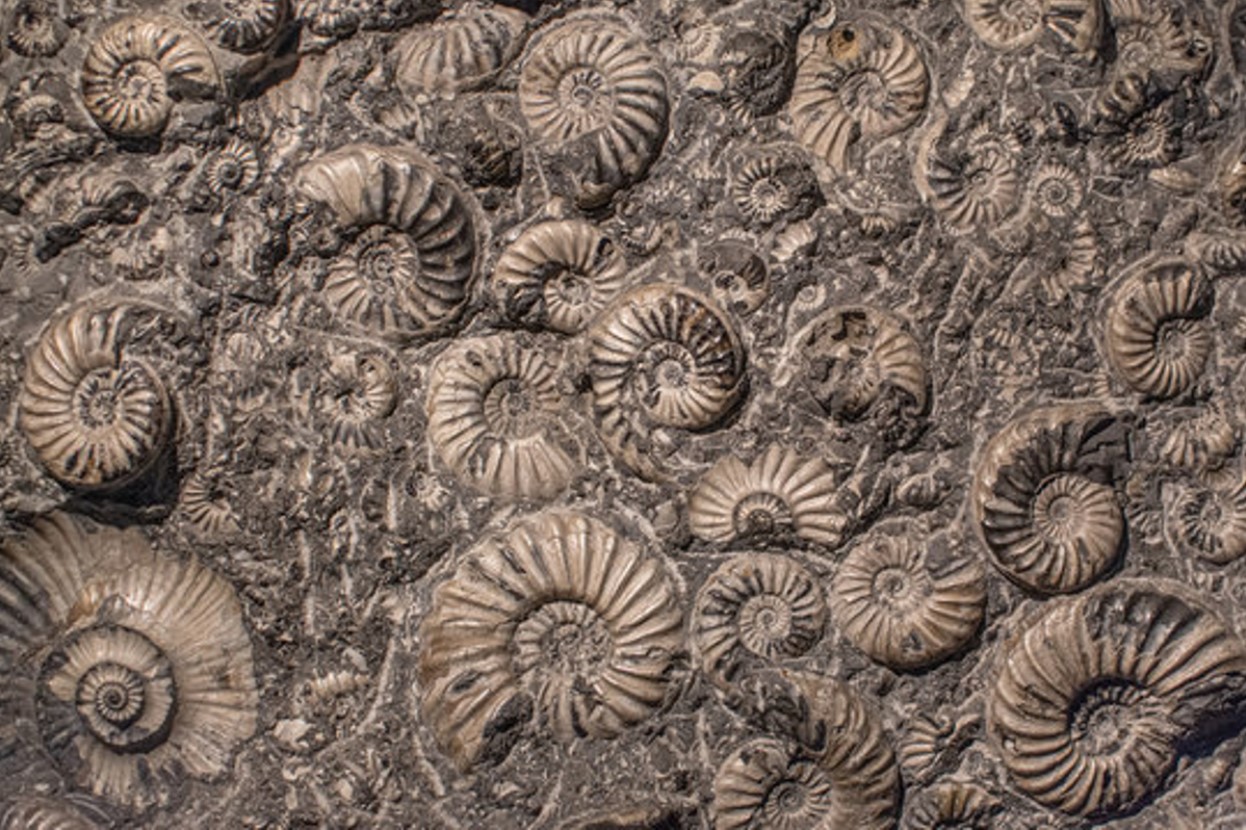
Source: Adobe Stock
“Undoubtedly, there are more fossil remains of long-extinct sea monsters waiting to be discovered in New Zealand and elsewhere in the Southern Hemisphere,” said Kear. Continued exploration could reveal more about these ancient sea creatures.
A Collaborative Effort
This discovery was made possible through the collaboration of scientists from Australia, East Timor, Norway, New Zealand, and Sweden.

Source: Fvanrenterghem/Wikimedia Commons
Their combined efforts highlight the importance of international teamwork in uncovering Earth’s prehistoric past.
Shedding Light on Marine Reptile History
This nothosaurus find adds significant knowledge to the history of ancient sea reptiles in the Southern Hemisphere.

Source: Wikimedia
It helps scientists understand how these creatures adapted and migrated following one of Earth’s most significant extinction events.
The Legacy of the Nothosaurus
The nothosaurus, with its dragon-like appearance and impressive adaptability, remains a fascinating subject of study.
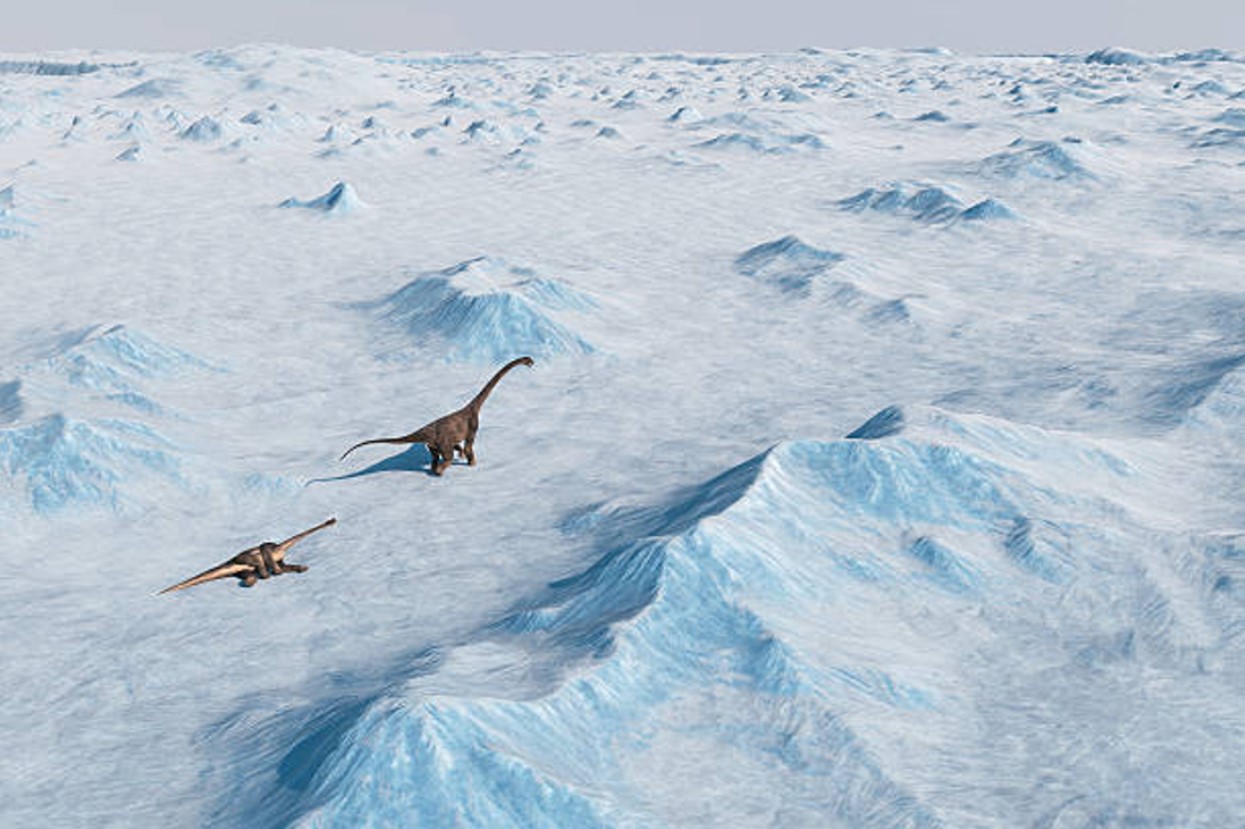
Source: iStock
Its discovery in New Zealand opens new doors to understanding the diverse and dynamic ecosystems of our planet’s prehistoric oceans.
